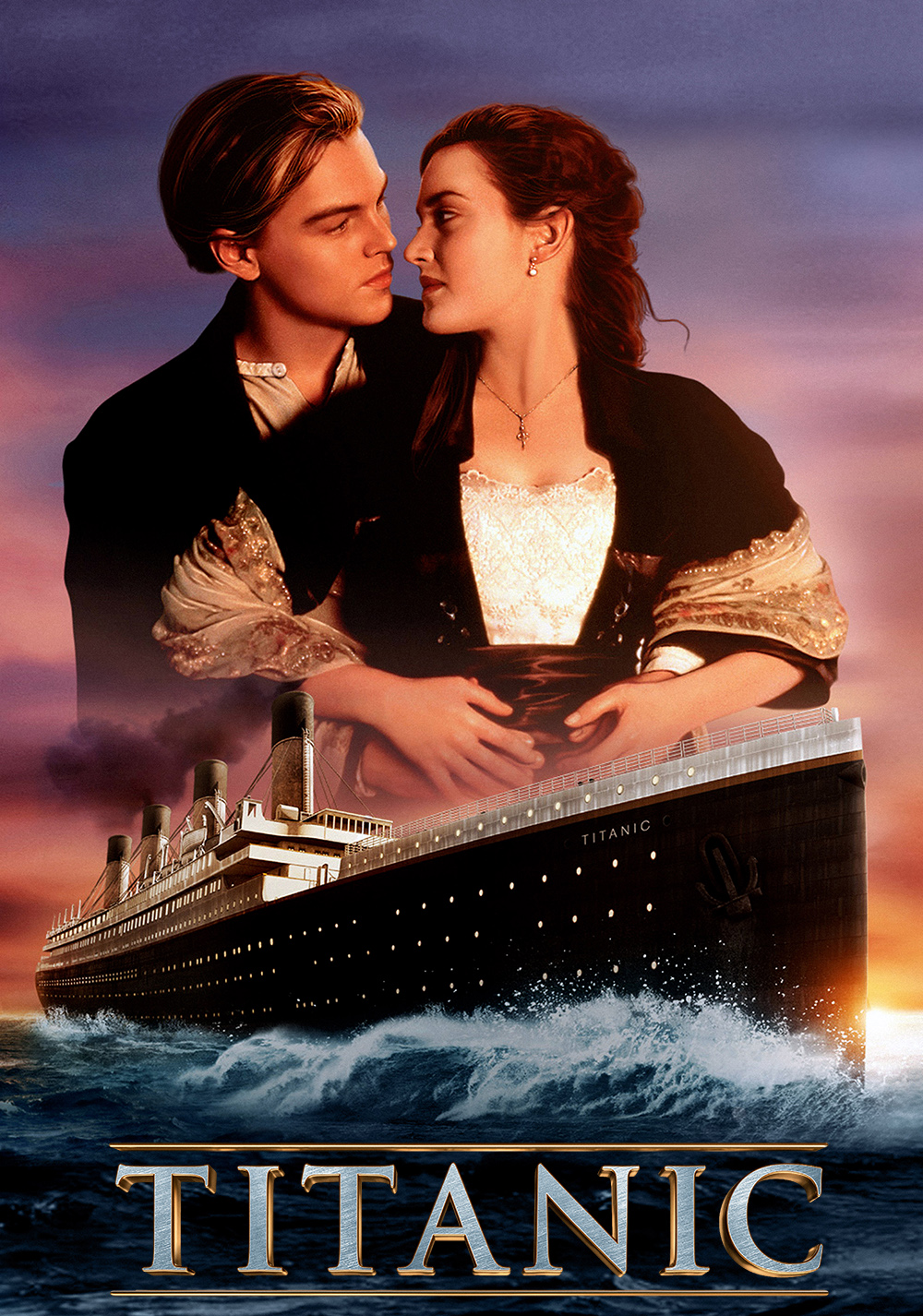I've been called a dinosaur. It occurred in a photography workshop a couple of years ago when the instructor asked for a show of hands from those still using movie. In fact, I was among two dinosaurs that he labelled. Not a motivating ratio for a class of about 20 people.

This is a task that, depending upon the size of the print, can be done by someone. If the print is big, then it may be worth asking a pal to aid.
Photography is specified as "composing with light." The user really uses the electronic camera and film to "compose" the picture. One should comprehend the cameras functions, and shutter settings, the light and aperture settings. And most significantly the film being utilized. Film makes the picture. It is what the photo is "written" on. It is the canvas for the photographic artist. The level of sensitivity, color variety, speed and kind of film identifies the artists feelings and the end result. Ansel Adams, one of the best photographers of our times, used mainly black and white and large format video cameras utilizing movie sheets and plates. The excellent Annie Leibovitz, utilizes 35mm movie nearly solely and is one of the premier movie professional photographers in America today.
The individual responsible for the editing task in a film is called a Film Editor. He generally works with other asst. editors and junior editors to finish the job. Although the entire modifying team works for the movie storytelling the film editor or the chief editor is the one with substantial obligations. S/he is almost the second director of the film due to the fact that s/he is the one who ultimately chooses which shots to keep and which to omit. The first put together movie provided by the editors after modifying is called the Editor's cut. It's the very first cut before two more cuts(Director's cut and Last cut) producing the final variation. The editor works extremely carefully with the movie directors to understand what the directors desire and deliver the exact same.
If you enjoy big groups of people, corridors flooded with bodies racing to and fro and hours of theory-- then you know you desire to remain in a big university setting. In this kind of environment you will spend 2 to 3 years studying the history and theory of filmmaking and after that, if your project is picked, you will get to make your movie during you final creative activities year.
White frost, grey frost and bronze frost are the colors you can get. Mainly you see the white frosted window film because it simply looks natural. But there is a clear frost which looks similar to a bathroom window. There is no color to it however it does exactly the very same thing.
The great thing about this kind of movie is that it is even easier to remove than put on, which implies it is an extremely basic process. If you wish to take it off the window simply grab a corner of the movie and peel it back down diagonally throughout the window. The film can even be re-used at a later date, though you will need to store it by putting the original support paper back on.